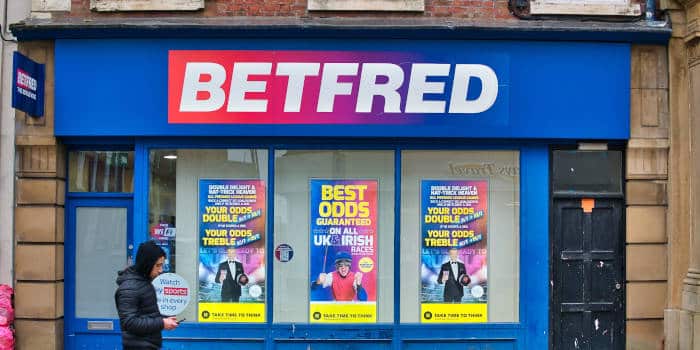Many consumers find themselves remaining loyal to the same bank for over a decade, even when it does not meet their financial needs. This phenomenon is particularly notable in the personal finance sector, where adherence to best practices is emphasized. A recent discussion sheds light on why individuals choose to stay with a bank that may be considered mediocre.
A significant factor influencing this loyalty is the comfort of familiarity. Consumers often develop routines around their banking habits, making it easier to continue with a known entity rather than switching to a new bank that might offer better services. The idea of change can be daunting, especially when it involves transferring accounts, updating automatic payments, and familiarizing oneself with a new banking platform.
The emotional aspect of banking relationships cannot be overlooked. Many people develop a sense of attachment to their bank, viewing it as more than just a financial institution. A long-standing relationship can create a feeling of trust, even if the bank’s offerings are subpar. This emotional connection often outweighs the practical considerations of seeking out better financial products or higher interest rates.
In addition to emotional factors, logistical challenges also play a role. Transitioning to a new bank requires time and effort, which many consumers may not be willing to invest. According to a survey by the financial consultancy firm, FinTech Insights, approximately 62% of respondents cited convenience as their primary reason for not switching banks. This statistic underscores the importance of perceived effort in maintaining banking relationships.
The financial industry is not without its share of challenges, including a competitive landscape that can overwhelm consumers. With numerous banks offering various products and services, finding the right fit can feel like a daunting task. As a result, some individuals opt for the path of least resistance, sticking with their existing bank rather than navigating the complexities of comparing options.
Moreover, there is a lack of awareness regarding alternatives. Many consumers may not fully understand the benefits that other banks or financial institutions could provide. This issue is compounded by the fact that financial literacy varies widely among individuals. Educational initiatives aimed at improving financial literacy could empower consumers to make more informed decisions about their banking options.
As the financial landscape continues to evolve, it remains crucial for consumers to evaluate their banking relationships periodically. While loyalty can be commendable, it is essential to ensure that one’s bank aligns with current financial goals and needs. Staying informed about market trends, interest rates, and new financial technologies can lead to better outcomes for consumers.
In conclusion, while many individuals find themselves tied to mediocre banks, the reasons behind this loyalty are multifaceted. Emotional ties, convenience, and a lack of awareness play significant roles in maintaining these relationships. The personal finance industry must continue to engage consumers, encouraging them to reassess their banking choices and explore potentially more beneficial options.







